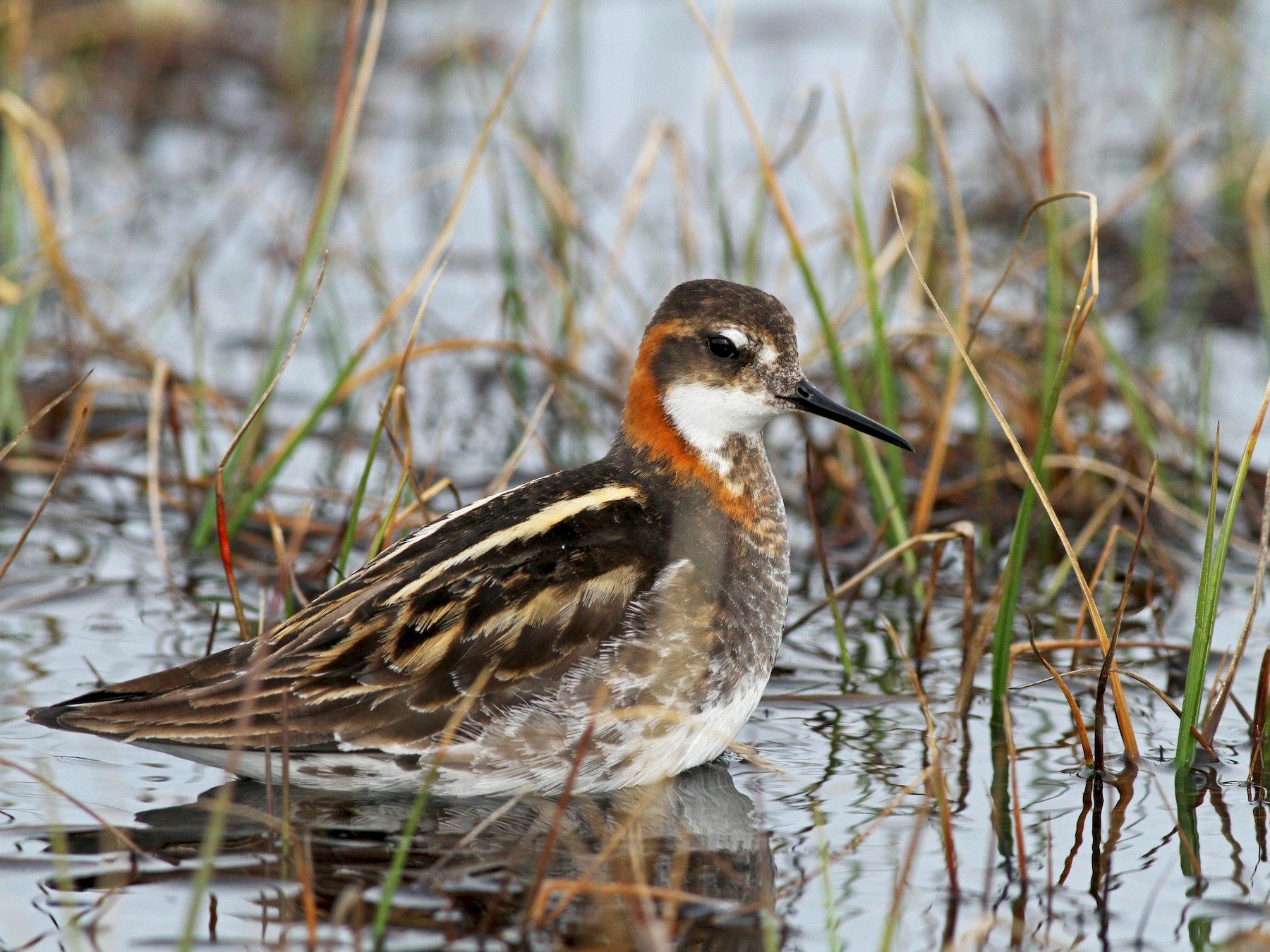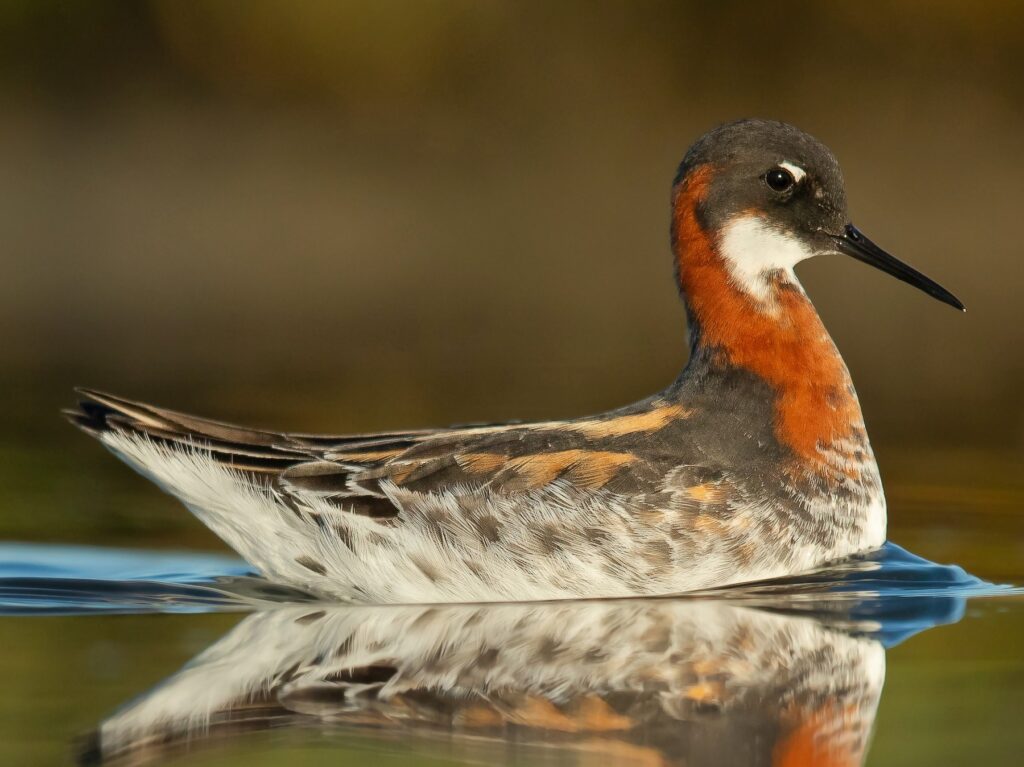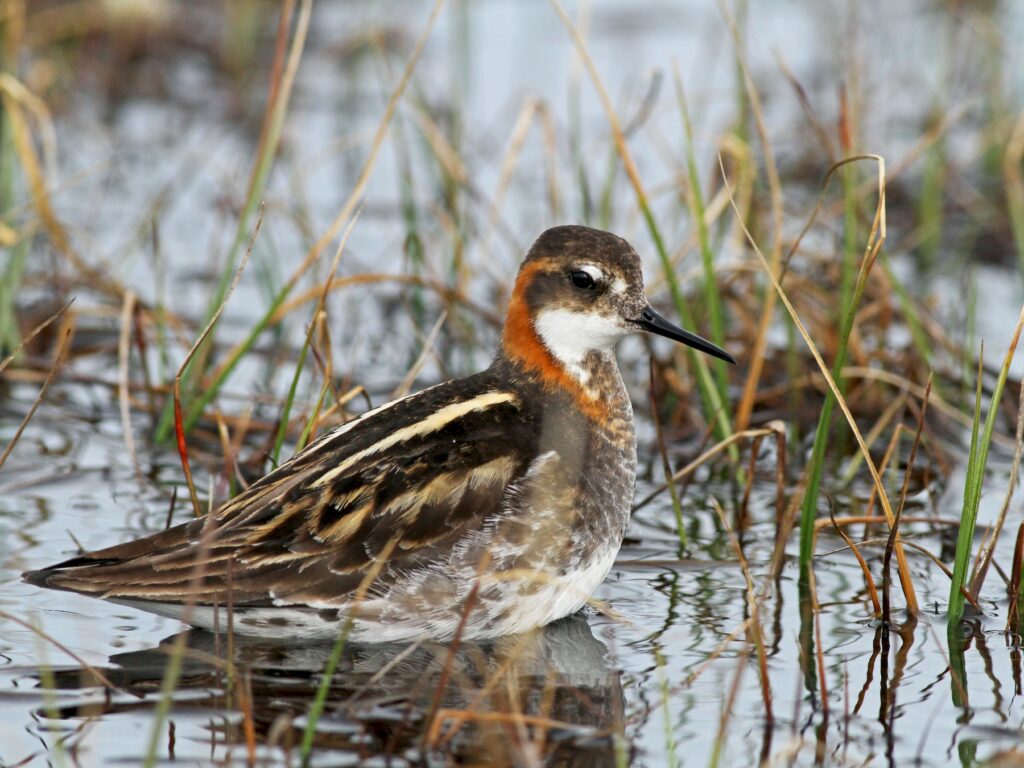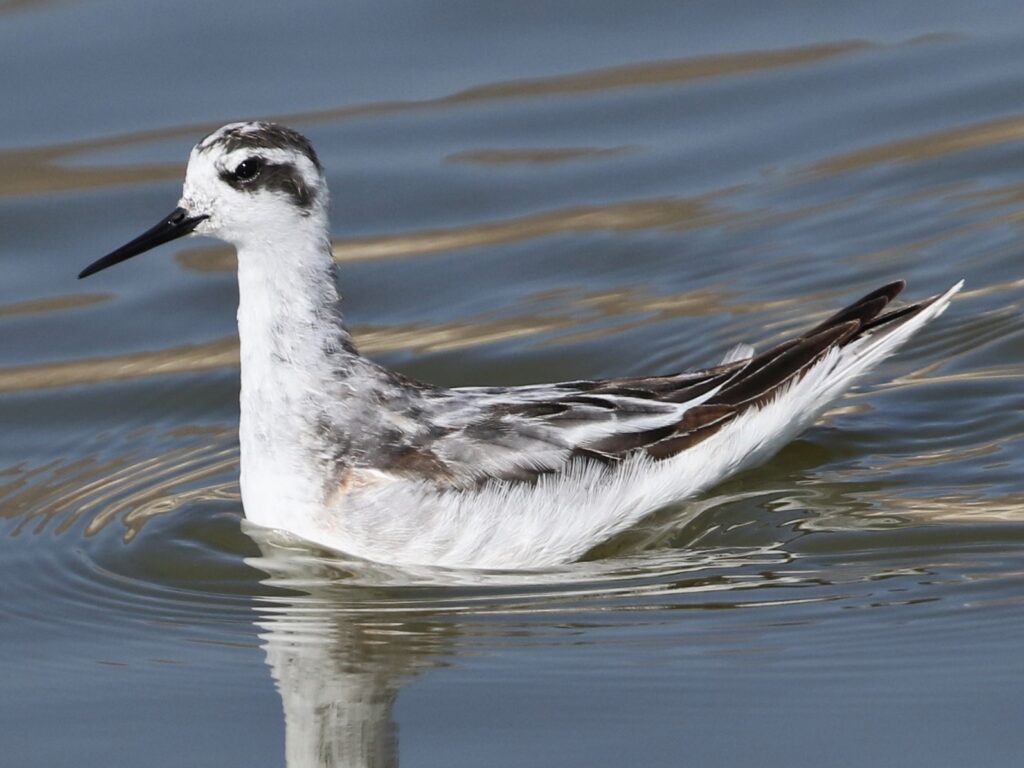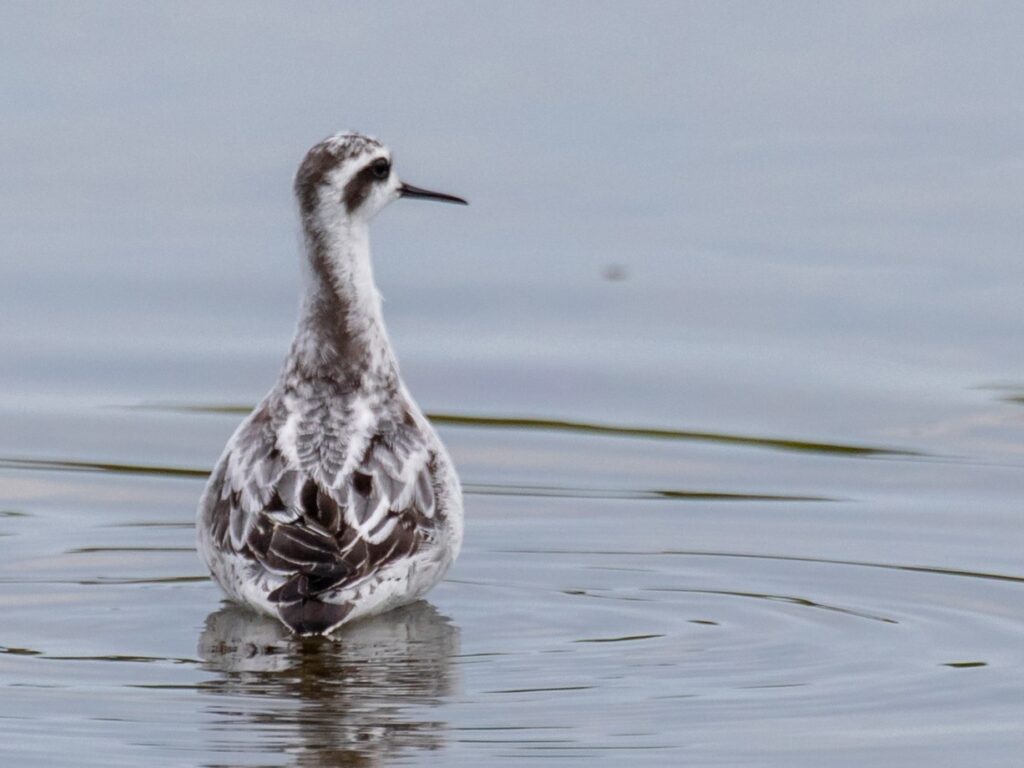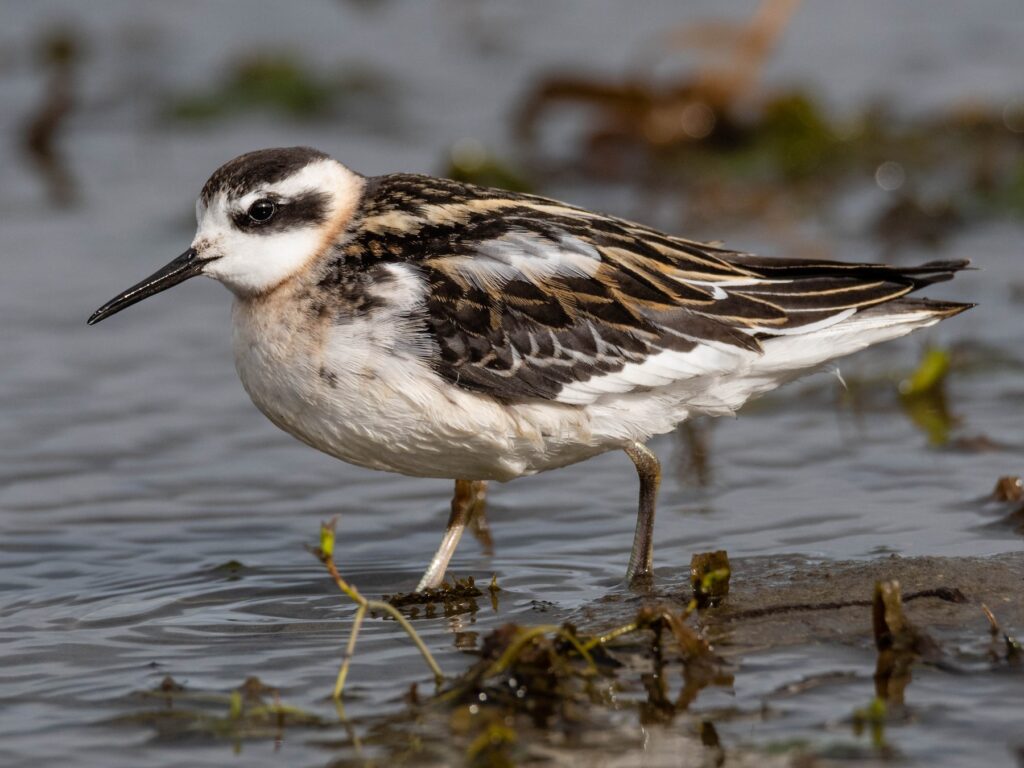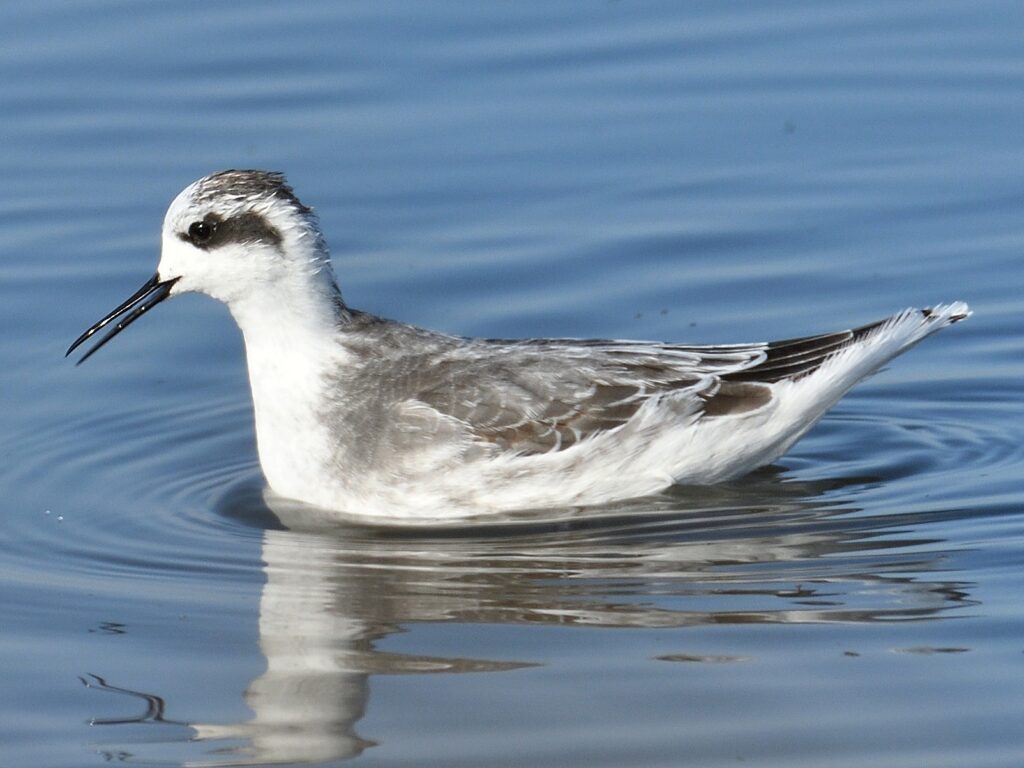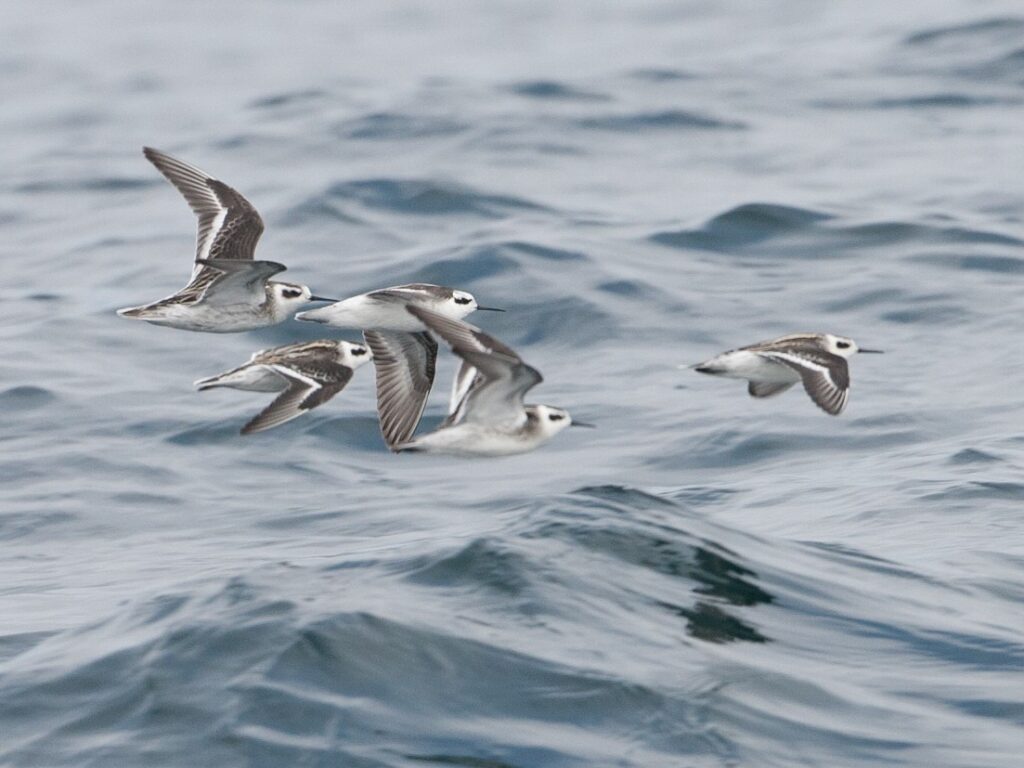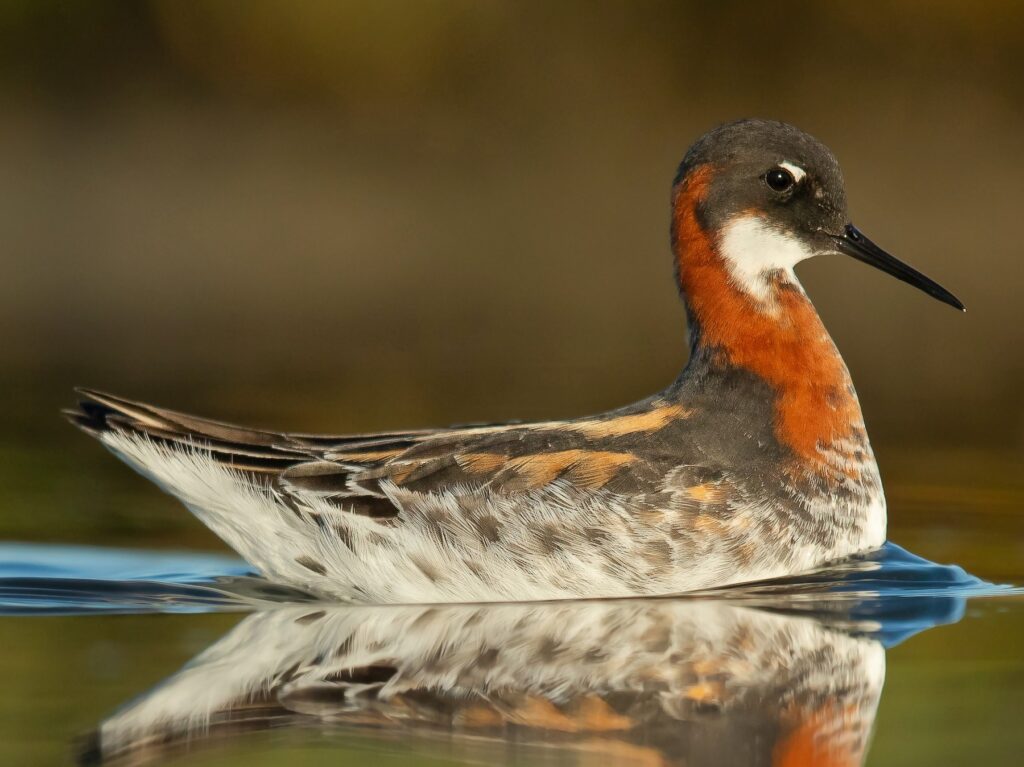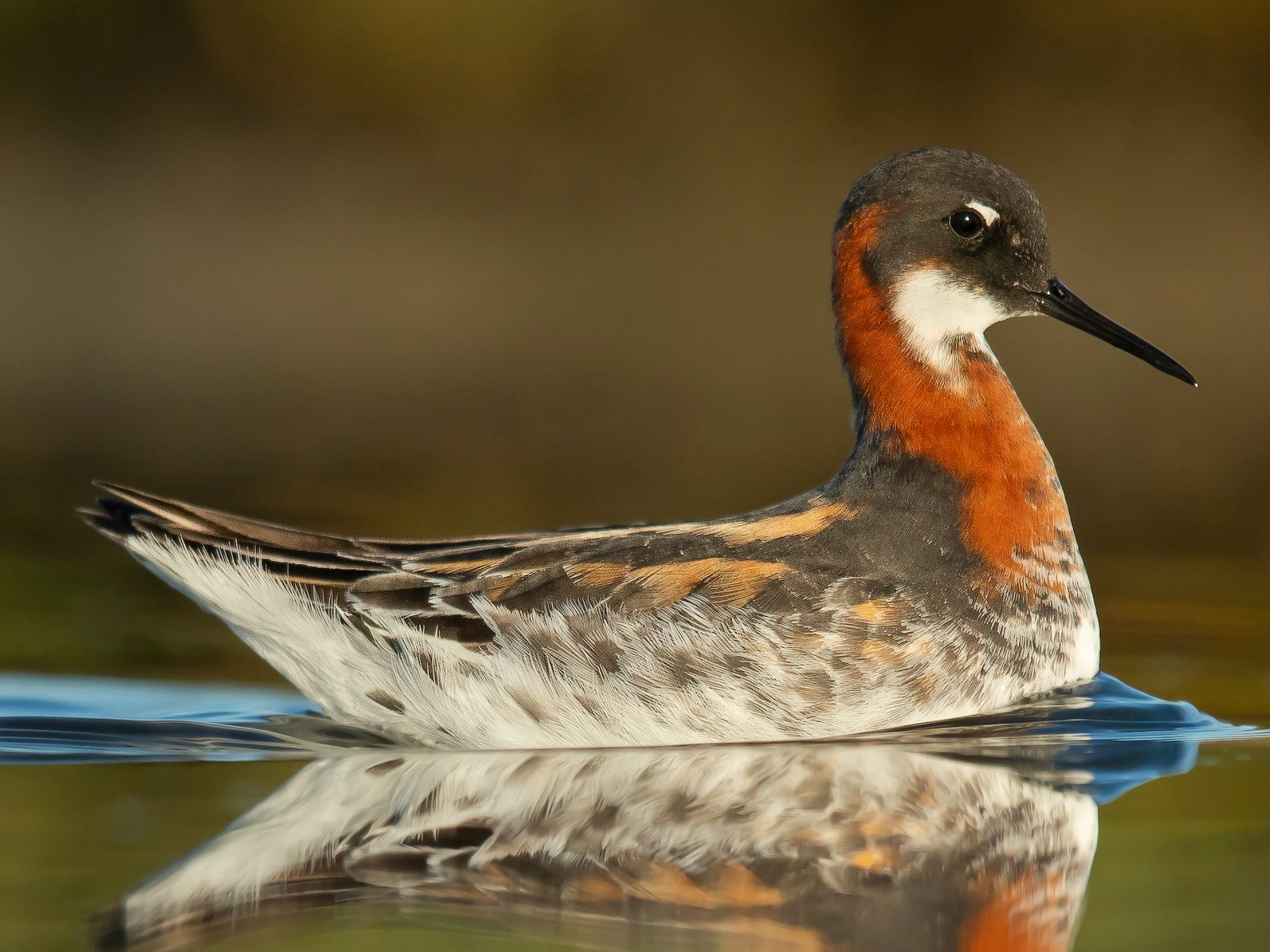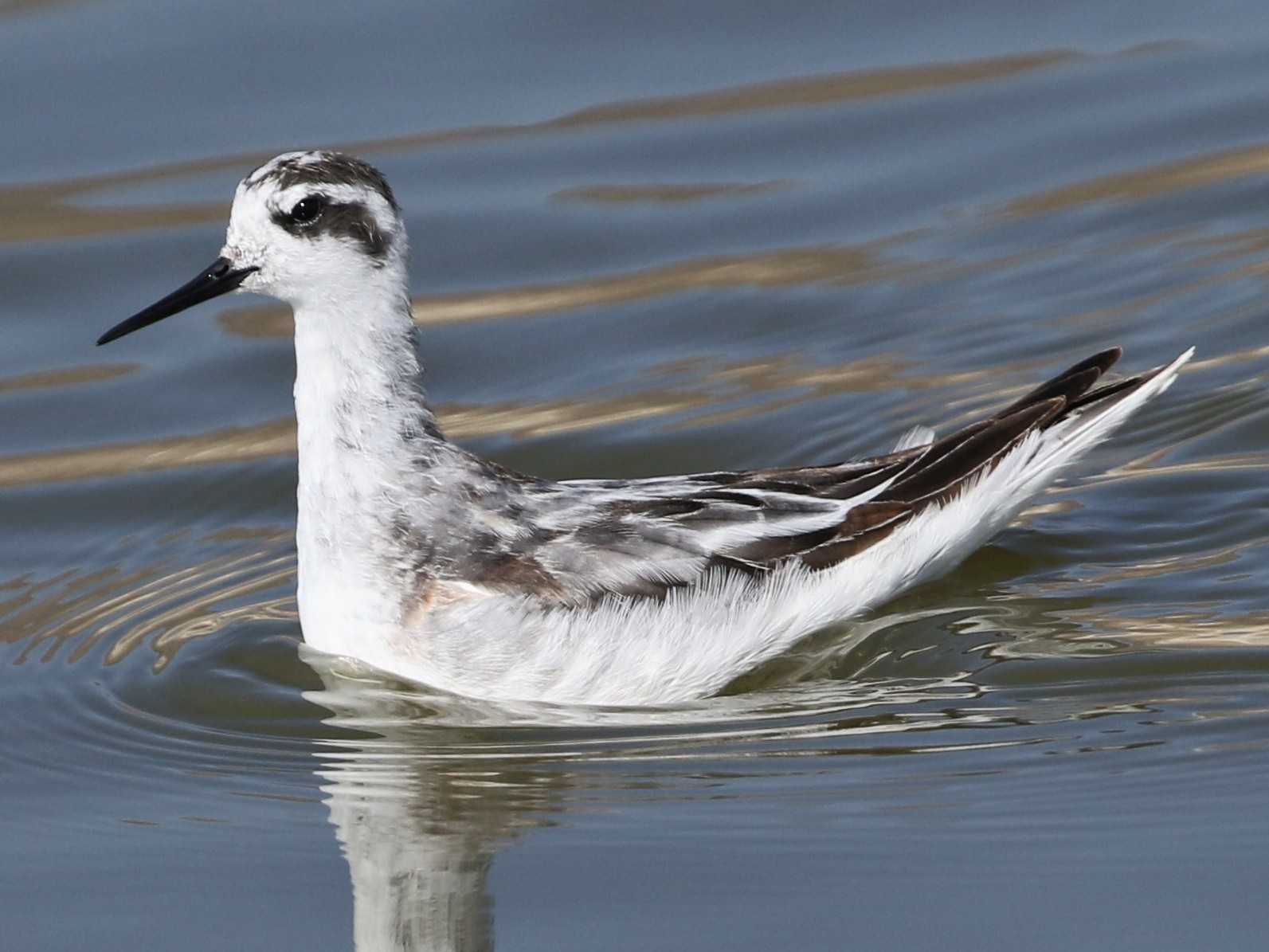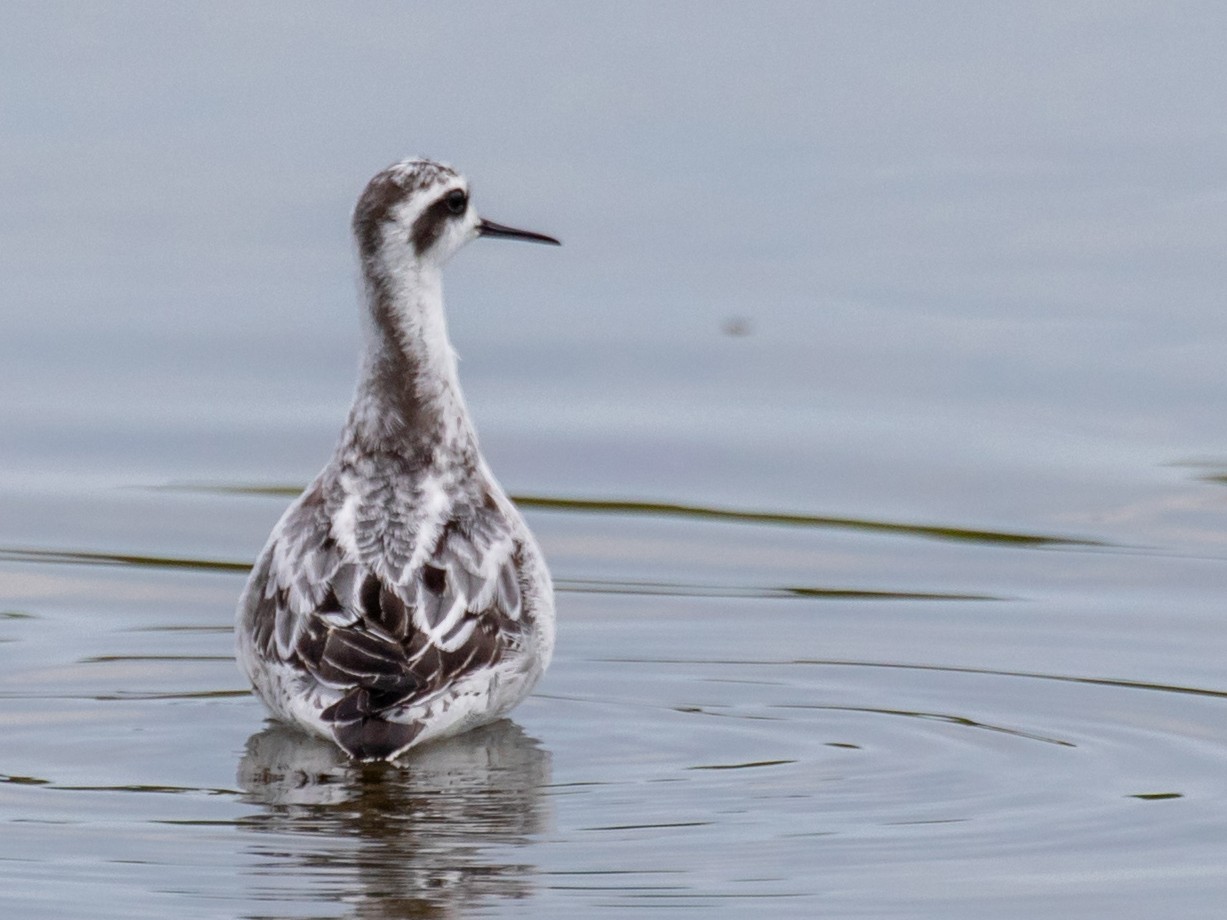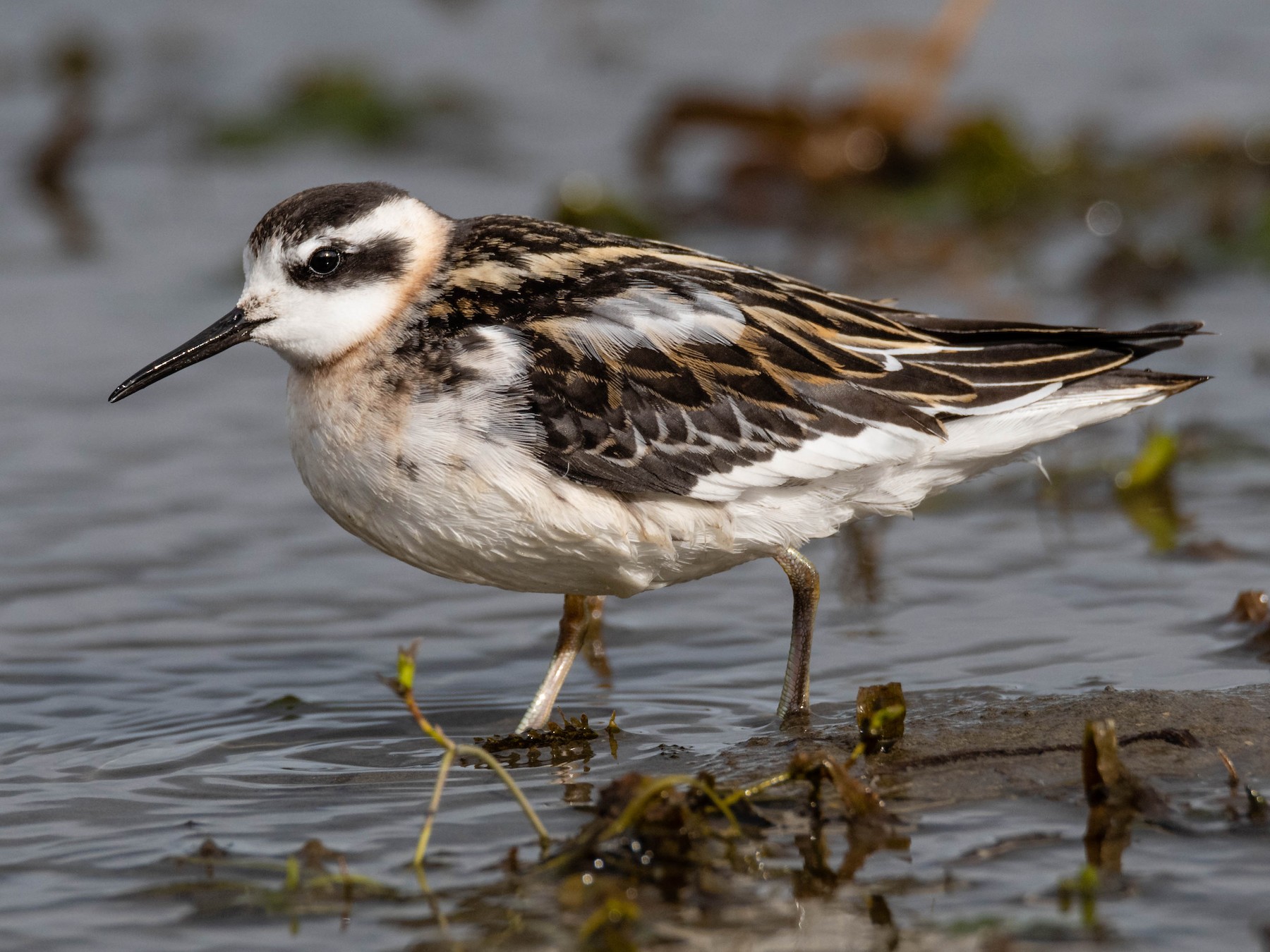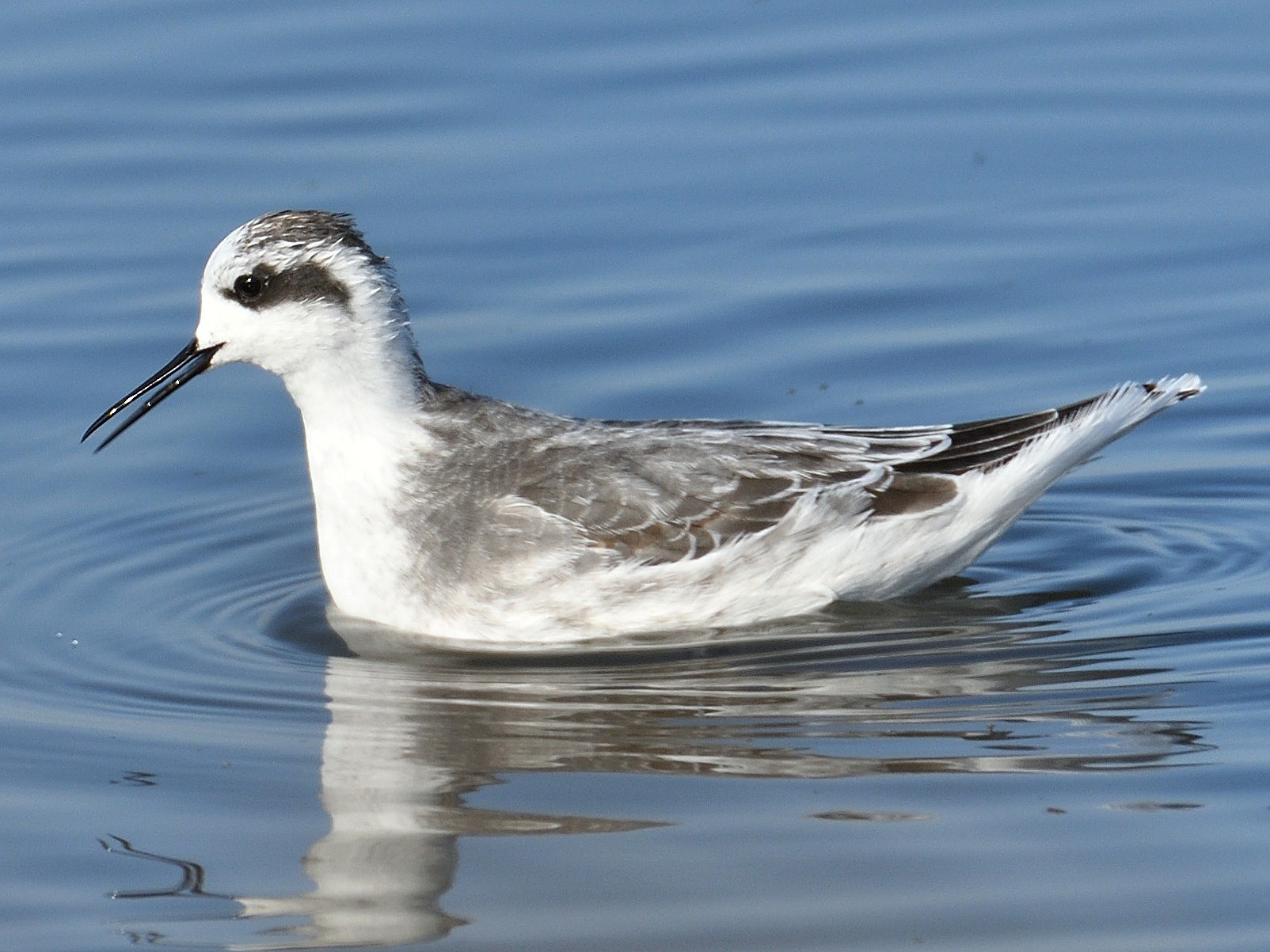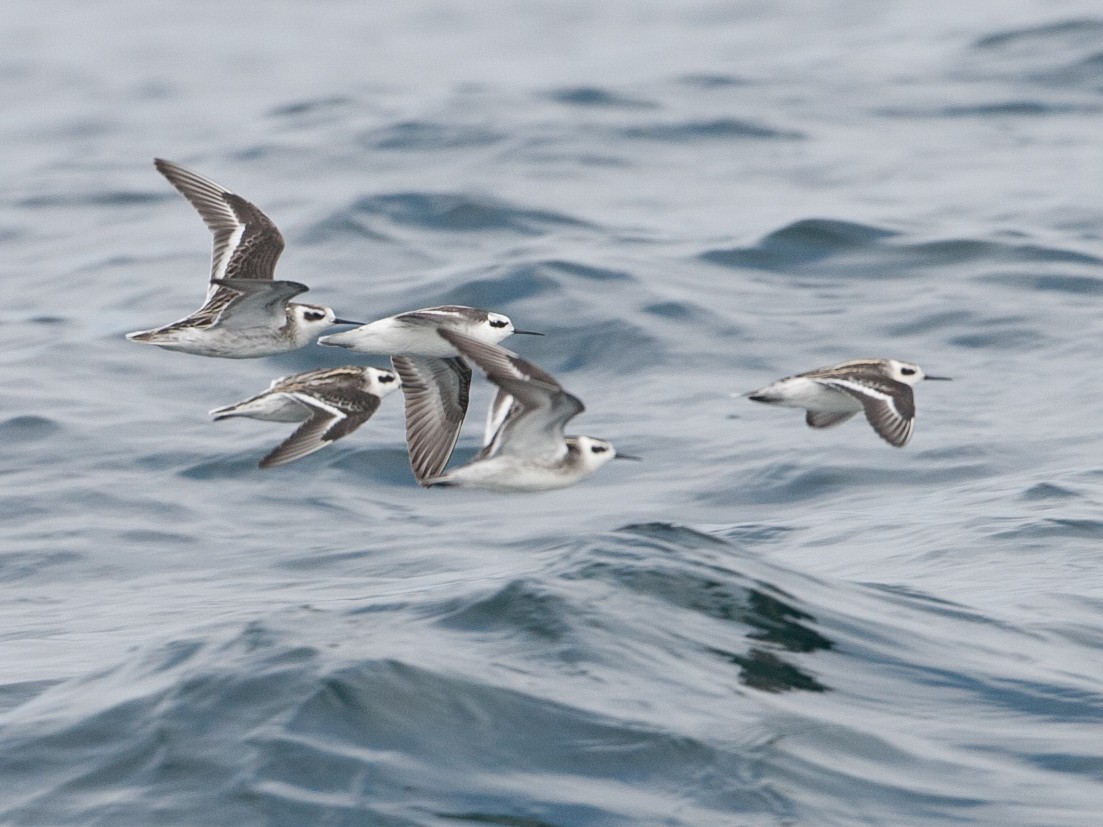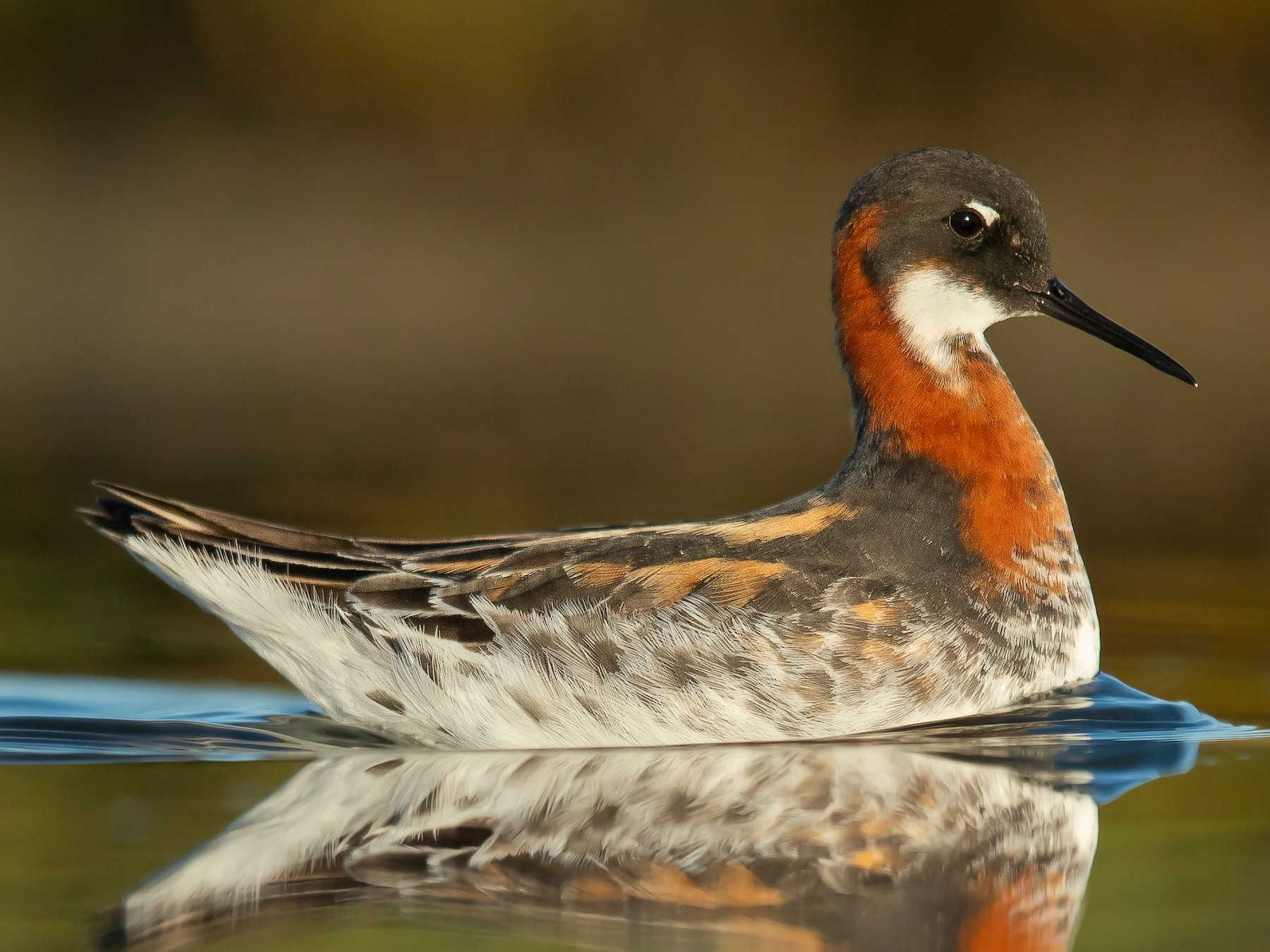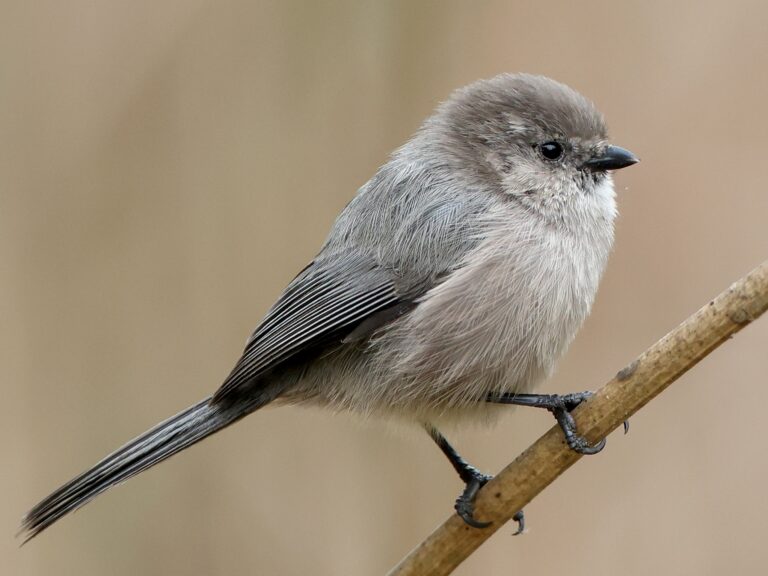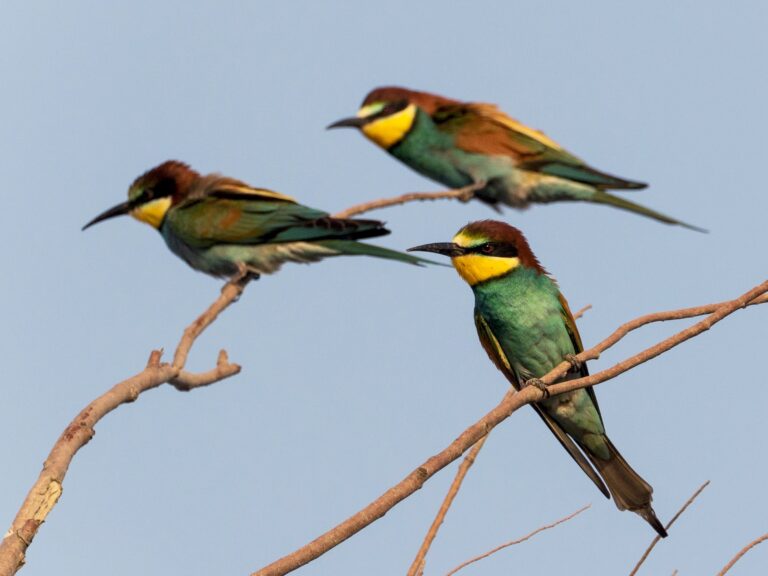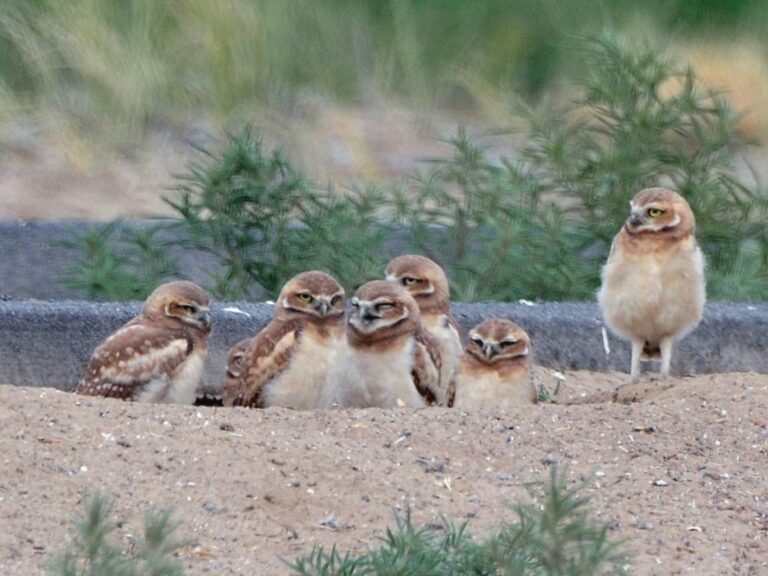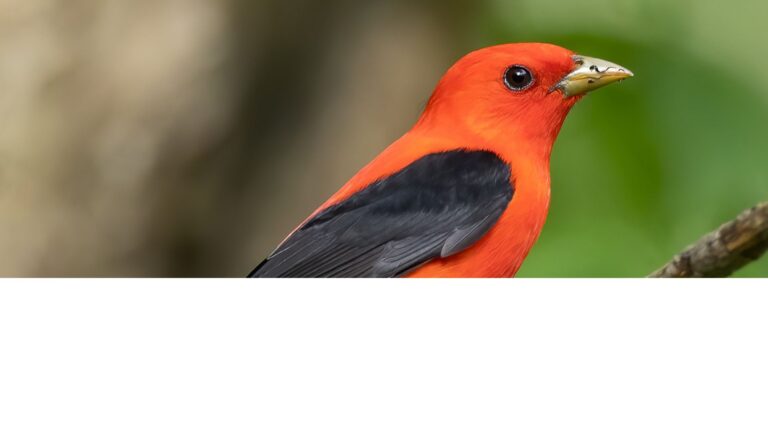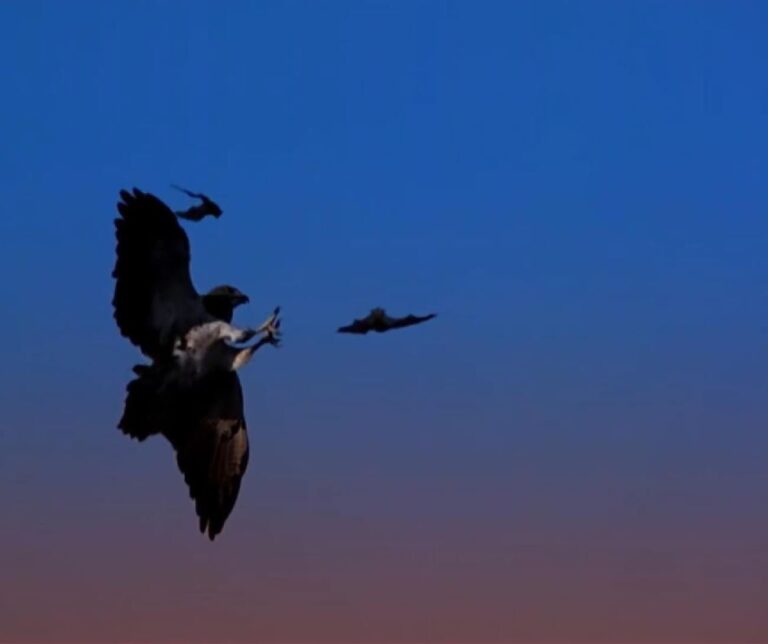Red-necked Phalarope: A Stunning Avian Dancer of the Wetlands
The Red-necked Phalarope, scientifically known as Phalaropus lobatus, is a remarkable shorebird known for its unique behaviors and striking appearance. This species is notable for its unique breeding system, where females are larger and more colorful than males, and they often take the lead in courtship. These birds showcase fascinating vocalizations, often described as soft and whistling, which play a crucial role during mating rituals and territorial disputes.
Typically found in wetland habitats, Red-necked Phalaropes migrate over vast distances. Their diet primarily consists of tiny aquatic invertebrates, which they catch while swimming. They display a distinctive foraging behavior, spinning in circles to create a whirlpool that draws prey closer. As they navigate through changing ecosystems, their conservation status brings attention to the effects of habitat loss and climate change on their populations.
Birdwatchers and nature enthusiasts are drawn to their captivating characteristics and migratory patterns, making the Red-necked Phalarope a subject of significant interest in ornithology. Learning more about this bird not only enhances appreciation for avian diversity but also emphasizes the importance of conservation efforts.
Key Takeaways
- Red-necked Phalaropes feature a unique breeding system with larger, colorful females.
- They primarily feed on small aquatic invertebrates while demonstrating interesting foraging techniques.
- Conservation efforts are essential to protect their populations from habitat loss and climate change.
Taxonomy and Identification
The Red-necked Phalarope is a distinct member of the family Scolopacidae, primarily known for its unique breeding and non-breeding plumage. Understanding its classification and physical characteristics is essential for identification in the field.
Classification and Scientific Name
The scientific name of the Red-necked Phalarope is Phalaropus lobatus. It belongs to the genus Phalaropus, which includes other species like Phalaropus tricolor (the Wilson’s Phalarope) and Phalaropus fulicarius (the Red Phalarope). Classification of this bird can be traced through various taxonomic databases, such as the Integrated Taxonomic Information System (ITIS). It is crucial to note that these phalaropes are waders best recognized for their unique swimming behavior while foraging. This bird’s classification is part of a larger evolutionary context, showcasing adaptations specific to their wetland habitats.
Physical Characteristics and Plumage
The Red-necked Phalarope displays notable differences in plumage based on the season. During the breeding season, the adult female has a striking rusty-brown color on the head and neck, along with a distinctive gray body. Males, while less colorful, have a more subdued plumage.
In non-breeding plumage, the bird transforms to a mostly gray and white appearance, making it less striking but easier to spot among similar waders. Their vocalizations also differ by season, with softer calls used during breeding and more distinct sounds when interacting socially or warning of predators. Recognizing these changes is vital for birdwatchers and researchers alike.
Habitat and Distribution
The Red-necked Phalarope has a unique habitat and distribution pattern that is closely linked to its migratory behavior and breeding grounds. This bird prefers specific environments that support its life cycle, particularly in the northern regions during breeding and the milder climates during winter.
Breeding Range and Location
The breeding range of the Red-necked Phalarope primarily spans the Arctic and subarctic tundra regions. Key locations include parts of Canada, Greenland, Iceland, and the northern areas of Russia. During the breeding season, these birds prefer wetland areas like marshes and ponds, which provide essential resources.
They often choose sites near freshwater ponds where they can find insects and aquatic organisms, crucial for feeding their young. The Arctic tundra offers ample nesting sites, allowing for successful reproduction. The male phalarope plays a significant role in incubating eggs and caring for the young. Their distinct vocalizations, including soft peeps and trills, can often be heard during the breeding season as males defend their territory.
Wintering Grounds and Migration Patterns
During winter, Red-necked Phalaropes migrate to more temperate regions. Their wintering grounds include the Pacific Ocean and the North Atlantic. Coastal waters are favored, especially areas rich in zooplankton, which serve as a primary food source.
These birds are known for their remarkable migration strategies. They may travel thousands of miles from their Arctic breeding grounds to their winter habitats. The migration occurs mainly in late summer or early fall. Their seasonal movements highlight their adaptability to changing environments and resource availability. The Red-necked Phalarope’s ability to thrive in both Arctic tundra and oceanic habitats showcases their diverse ecological needs.
Diet and Feeding Behaviour
The Red-necked Phalarope has a varied diet based on the availability of food sources, including insects, crustaceans, and other aquatic invertebrates. This bird employs unique foraging strategies to locate and capture its meals, which differ between breeding and non-breeding seasons.
Foraging Strategy and Diet Composition
Red-necked Phalaropes are known for their impressive foraging techniques. They often feed in shallow waters, spinning in circles to create mini whirlpools that bring food to the surface. This behavior helps them catch small prey effectively.
Their diet mainly includes:
- Insects: Various adult and larval insects are consumed.
- Plankton: They feed on zooplankton, particularly during migration or when foraging in open waters.
- Crustaceans: Small crustaceans are a vital part of their diet, especially in coastal areas.
These birds are opportunistic feeders and adjust their diet based on what is most abundant in their environment, allowing them to thrive in diverse habitats.
Feeding During Breeding and Non-Breeding Seasons
During the breeding season, Red-necked Phalaropes rely heavily on aquatic invertebrates for energy. These food sources are abundant in their breeding habitats, allowing them to sustain themselves as they care for their young.
In contrast, during non-breeding seasons, they may venture to offshore locations where they exploit a wider range of prey, including planktonic organisms. This shift in diet helps them maintain the energy necessary for migration and survival.
Additionally, these birds often vocalize to communicate while foraging, using soft calls that can enhance social interactions during feeding activities. Their feeding strategies and dietary habits play a crucial role in their reproductive success and overall health.
Reproduction and Life Cycle
The reproductive process of the Red-necked Phalarope is unique and involves interesting behaviors. During the breeding season, these birds exhibit polyandrous habits, where one female mates with multiple males. Their nesting and chick development also showcase fascinating strategies for survival in their Arctic breeding grounds.
Breeding Habits and Parental Care
The breeding season for the Red-necked Phalarope typically occurs in late spring to early summer. Males play a significant role in attracting females through elaborate displays and distinctive vocalizations. Once a pair forms, the female lays a clutch of usually four eggs.
After laying, the female departs to find another mate. The male takes on the primary responsibility for incubation, which lasts about three weeks. He guards the nest diligently and keeps it clean. Once the eggs hatch, he cares for the chicks, guiding them to water and providing protection from predators. This well-defined division of parental roles maximizes the chicks’ chances of survival in a harsh environment.
Nesting and Development of Chicks
Nesting sites are typically located on wet, grassy ground, often among low vegetation to provide cover. The nests are simple depressions lined with grasses and feathers. Once the eggs are laid, the male continues to watch over them closely.
After hatching, the chicks are precocial, meaning they can walk and feed themselves shortly after birth. They rely on their father to show them where to find food, primarily small invertebrates. As they grow, the young birds become more independent, learning essential skills for their survival. By late summer, they are ready to migrate south, completing their life cycle for the year.
Conservation Status and Threats
The conservation status of the Red-necked Phalarope is critical due to various threats. Key issues include population declines linked to habitat destruction and environmental changes. Effective conservation efforts are essential to ensure the survival of this unique shorebird.
IUCN Status and Population Trends
According to the International Union for Conservation of Nature (IUCN), the Red-necked Phalarope is currently classified as “Least Concern” on the IUCN Red List. Despite this classification, its population is facing significant challenges. Studies show a declining trend in some areas, particularly due to habitat loss.
Climate change impacts breeding sites and food availability, affecting nesting success. Increased water pollution and oil spills further threaten their habitats, particularly in coastal regions. Continuous monitoring is vital to understand population dynamics and direct conservation efforts effectively.
Human Impact and Conservation Efforts
Human activities significantly impact the Red-necked Phalarope. Habitat destruction from urban development and agriculture reduces suitable nesting areas. Water pollution, caused by chemicals and waste, affects the invertebrates they rely on for food.
Conservation programs focus on protecting habitats and raising awareness about threats. Efforts include creating protected areas and restoring wetlands. Organizations are also working to mitigate the effects of climate change, ensuring that future generations can enjoy observing this remarkable bird.
Red-necked Phalaropes are known for their unique vocalizations, which play a role in mating and territory establishment. These sounds contribute to their complex social interactions during breeding seasons.
Behavioral Ecology
The behavioral ecology of the Red-necked Phalarope reveals fascinating insights into their social interactions and strategies for survival. Their unique adaptations help them thrive in the high Arctic and during migrations.
Social Behavior and Roosting
Red-necked Phalaropes are known for their distinctive social behaviors. During the breeding season, they exhibit polyandry, where females may mate with multiple males. This allows females to lay eggs and leave them for the males to incubate and care for.
They are often seen roosting in shallow waters or on mudflats, which provide safety from predators. Their lobed toes help with maneuverability in water, making it easier for them to forage. In flocks, they engage in vocalizations, often characterized by soft calls that serve to maintain group cohesion and alert others to potential threats.
This social dynamic is crucial during spring and fall migrations. The birds rely on forming groups for protection against predators and to enhance their foraging efficiency while traveling long distances.
Predatory Evasion and Defense
Red-necked Phalaropes employ several strategies to evade predators. When threatened, they may use rapid flying combined with erratic movements to confuse predators. Their coloration also aids in camouflage against the natural landscape, reducing the chances of being spotted.
During migration, these birds are particularly vulnerable. They often take to the pelagic environment, where they can forage on small invertebrates. By staying in groups, they provide each other with increased vigilance against aerial predators.
Additionally, they are known to perform distraction displays, where an injured bird pretends to be unable to fly to draw predators away from its nest. This behavior is vital for survival, especially during the nesting season in remote areas of the Arctic.
Frequently Asked Questions
The red-necked phalarope is a unique shorebird known for its striking features and migratory behavior. This section provides answers to common questions about its characteristics, migration patterns, and more.
What distinguishes the red-necked phalarope from other migratory shorebirds?
The red-necked phalarope stands out due to its unique feeding habits. Unlike many shorebirds, it often feeds while swimming, creating a distinctive spinning motion on the water to catch small invertebrates. Its plumage also changes drastically between breeding and non-breeding seasons.
Can you describe the typical migration route of a red-necked phalarope?
Red-necked phalaropes undertake long migrations, usually between their breeding grounds in the Arctic and wintering areas in the southern oceans. They commonly follow coastlines and fly over the open ocean, particularly along the Atlantic and Pacific coasts.
What are some distinctive features of the female red-necked phalarope?
Females are generally more colorful than males, especially during the breeding season. The female red-necked phalarope has a vibrant red or chestnut neck, which contrasts with the grayish-blue plumage found in males. This difference is part of their unusual breeding behavior, where females compete for males.
What does the call of a red-necked phalarope sound like?
The call of the red-necked phalarope is soft and often described as a series of high-pitched notes. These vocalizations can vary but generally include soft “pee” or “wee” sounds, making them easily identifiable in their natural habitat.
What are the primary food sources for red-necked phalaropes?
Red-necked phalaropes mainly feed on small crustaceans, such as copepods, and various aquatic insects. They can also consume algae and other tiny organisms found in their watery environments.
How can you identify a red-necked phalarope among other small birds with red necks?
Identification of a red-necked phalarope can be done by noting its body structure. They are smaller, with a thin, straight bill and long legs compared to other similar birds. The swirling feeding behavior and color patterns during breeding make them distinct, especially when observed in groups.
